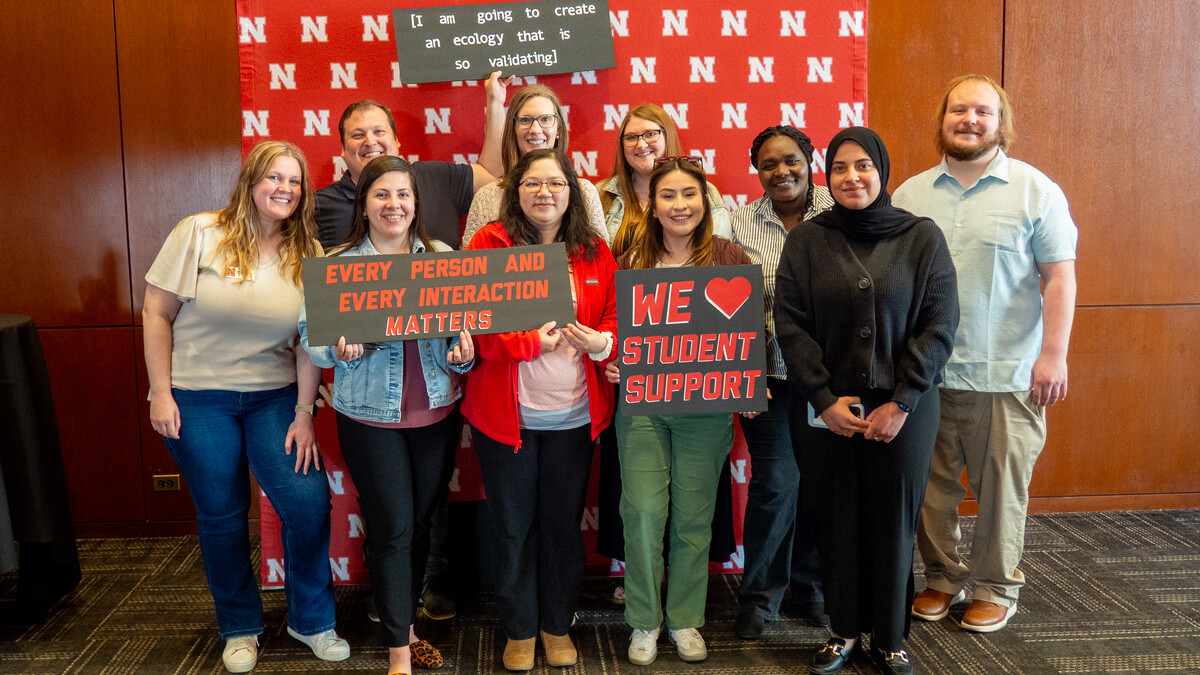
Welcome to Pocket Science: a glimpse at recent research from Husker scientists and engineers. For those who want to quickly learn the “What,” “So what” and “Now what” of Husker research.

What?
Between earning, renting, buying, insuring, saving and investing, most adults need a foundation of financial literacy on which to build a life. The digitization of fiat currency, the pressures of retirement planning and the emergence of cryptocurrencies only add to the importance of picking the right path through the modern financial landscape.
So what?
Nebraska’s William Walstad partnered with the Technical University of Munich’s Andreas Kraitzek and Manuel Förster in comparing American and German approaches to educating young people about personal finance — and examining the results of that education.
One of the commonalities between the two countries, the team concluded, is their lack of a federal, centralized approach to financial literacy education. Both countries generally delegate decisions about financial curriculum — what’s in it and how it’s delivered, if it’s delivered at all — to individual states. Though that lack of regulation has yielded myriad approaches to teaching financial literacy within and between the two countries, the researchers did find reasonable overlap in the actual content being taught to teens and young adults.
But major differences materialized when the team analyzed data from the multiple-choice Test of Financial Literacy, specifically the responses of 1,218 American high schoolers and 1,108 first-year university students in Germany. For one, the German students appeared to differentiate among three facets of personal finance — banking, everyday money management and insurance — to a greater extent than U.S. students, who were more inclined to cognitively lump the areas together. They also outperformed their U.S. counterparts in all three areas, especially when it came to money management and insurance. On average, the German students answered 9% more questions correctly across the entire test.
American students did show a greater understanding of the factors influencing credit scores, which could reflect the greater sway credit scores generally hold over interest rates in the United States, the researchers said.
Now what?
Though slight differences in age and life experience may account for some of the disparities in knowledge, those disparities probably also stem from cultural distinctions that future studies would do well to investigate, the team said. A closer examination of the testing data might also reveal country-specific misconceptions related to personal finance.







